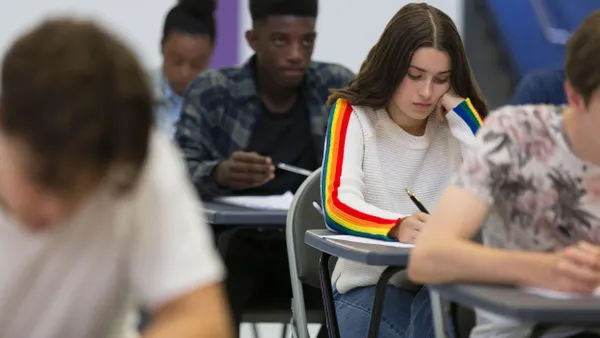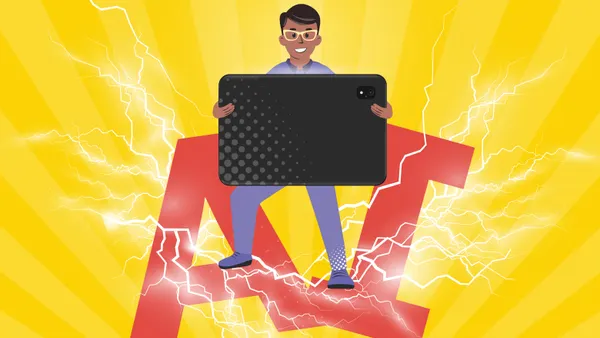Artificial intelligence (AI) continues to make waves across a multitude of industries. To no one’s surprise, there’s apprehension around the perceivable unknown of its capabilities, especially within education.
But not all AI is the same.
In fact, we can have AI with a conscience, creating a partnership between educators and advanced digital tools where schools can put their frameworks into place to improve student outcomes and enhance equity. Incorporating ethical and responsible AI in edtech prevents unfair data biases. It ensures data is private and secure, empowering educators to make data-driven, sound decisions—not based on technology alone, such as with an algorithm or computer. Students should not be subjected to decisions based solely on automated processing without human intervention.
Responsible edtech combined with AI ultimately helps pave the way for educators to gauge student progress and differentiate instruction for every student at scale, giving teachers time back to focus on personalized learning.
How AI is Using Data to Improve Education
Artificial intelligence has already been using data to make helpful recommendations for us every day. When you open Netflix, you receive viewing suggestions based on previously collected data: your watch history.
In education, AI systems offer effective support for online learning and teaching, including personalizing learning for students, automating instructors’ routine tasks, and powering adaptive assessments.
Examples of how AI assists teachers in education include:
- Adaptive quizzes that recommend resources and get harder or easier based on previous answers and results
- Proactive identification of student needs based on “similar student characteristics”
- AI teaching assistants where AI answers questions in the chat during a lecture based on questions and answers given in the past; when a student asks a unique question, the AI redirects it to the instructor
- AI grading assistance, where AI provides grading suggestions for the teacher or teacher assistant while they mark tests
The K-12 education field uses machine learning to fuel the paradigm shift toward interdisciplinarity, student risk analysis, intervention systems, and overall student achievement. Predictive technology gathers, analyzes, and reports data about each student, which helps improve student outcomes from the top down.
Eliminating Bias: Using AI, Predictive Analytics, and Machine Learning
In education, AI can fit in with school and district frameworks of expectations. Bias elimination needs to be built into the models and algorithms by letting data tell the story and having a fairer approach to using data to support students.
Predictive analytics is a subset of AI, using a statistics-based method to make assumptions and test records to predict the likelihood of a possible outcome. Predictive analytics relies on people interacting with data to identify trends and test assumptions.
Education software with predictive capabilities can transform education data—like assessment results, grades, attendance, and behavior incidents—into actionable information. It can empower teachers, administrators, and support personnel to proactively identify red flags and decide how to provide support.
For example, education software can use data to forecast and identify students at risk of not graduating or failing to graduate on time. Technology can help educators see probabilities and likelihoods to make recommendations or predictions, but not final decisions. Its recommended use is as a screener. The proposed use is to screen students for risk by modeling and predicting on-time high school graduation.
The ultimate decision-making authority of which students receive intervention is made by staff at the school or district. Because no prediction is perfect, the design necessitates a “human in the loop” for informed decision-making.
Machine learning uses historical data sets and identifies potentially related variables to discern patterns that predict future outcomes. Machine learning solutions don’t collect data for data’s sake. They look for relationships that can be molded into actionable insights. These deeper insights address the more complex factors that make up a student’s experience.
Machine learning reveals nuanced insights that educators otherwise might not have the resources to identify, allowing them to see more quickly which students need support and to what extent.
Connecting Students to Learning in a Personal Way
In education, responsible AI offers immense possibilities to help teachers personalize learning for each student. By integrating ethical and conscientious AI into edtech, schools can harness the power of data while safeguarding against biases. This allows educators to make data-driven decisions prioritizing student welfare, ensuring technology remains a tool rather than a controller.
As AI aids teachers through personalized learning, predictive analytics, and bias elimination, students reap the benefits of feeling connected to learning in a personal way.










